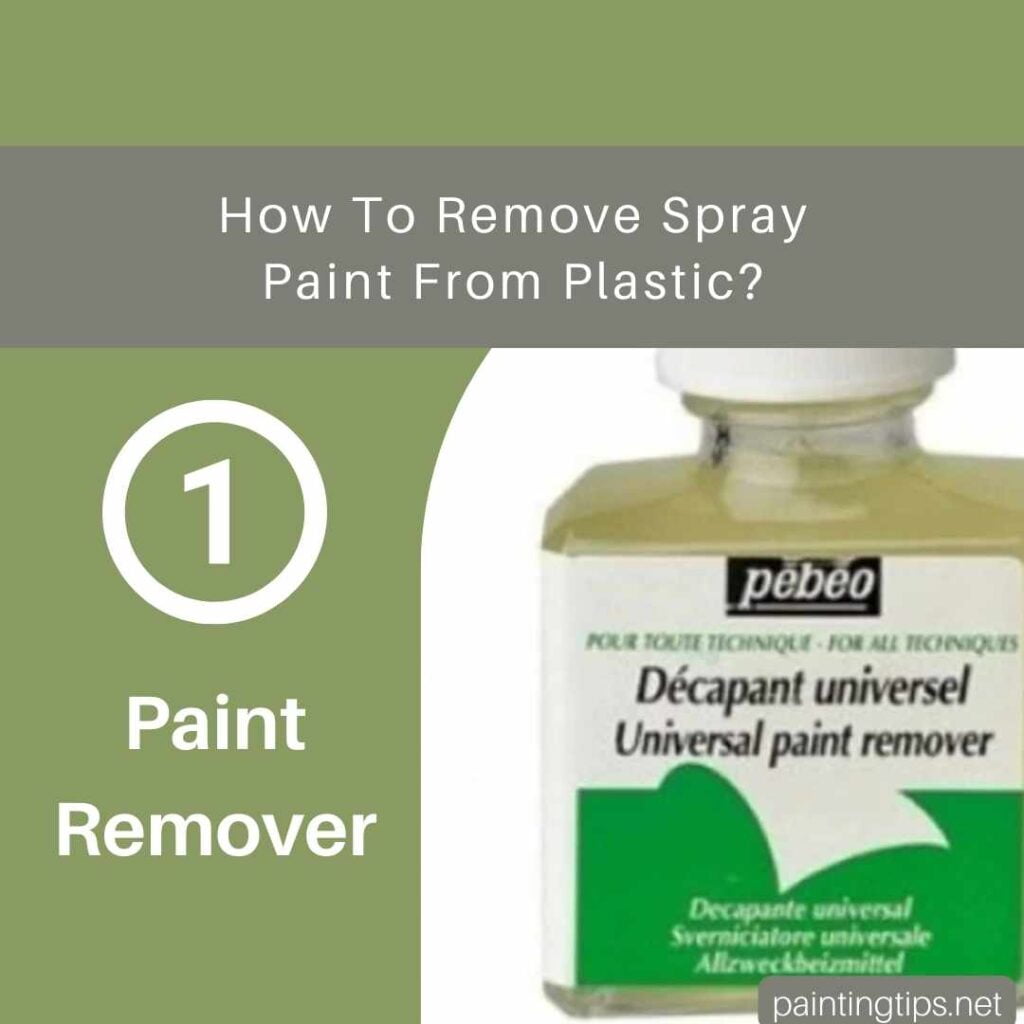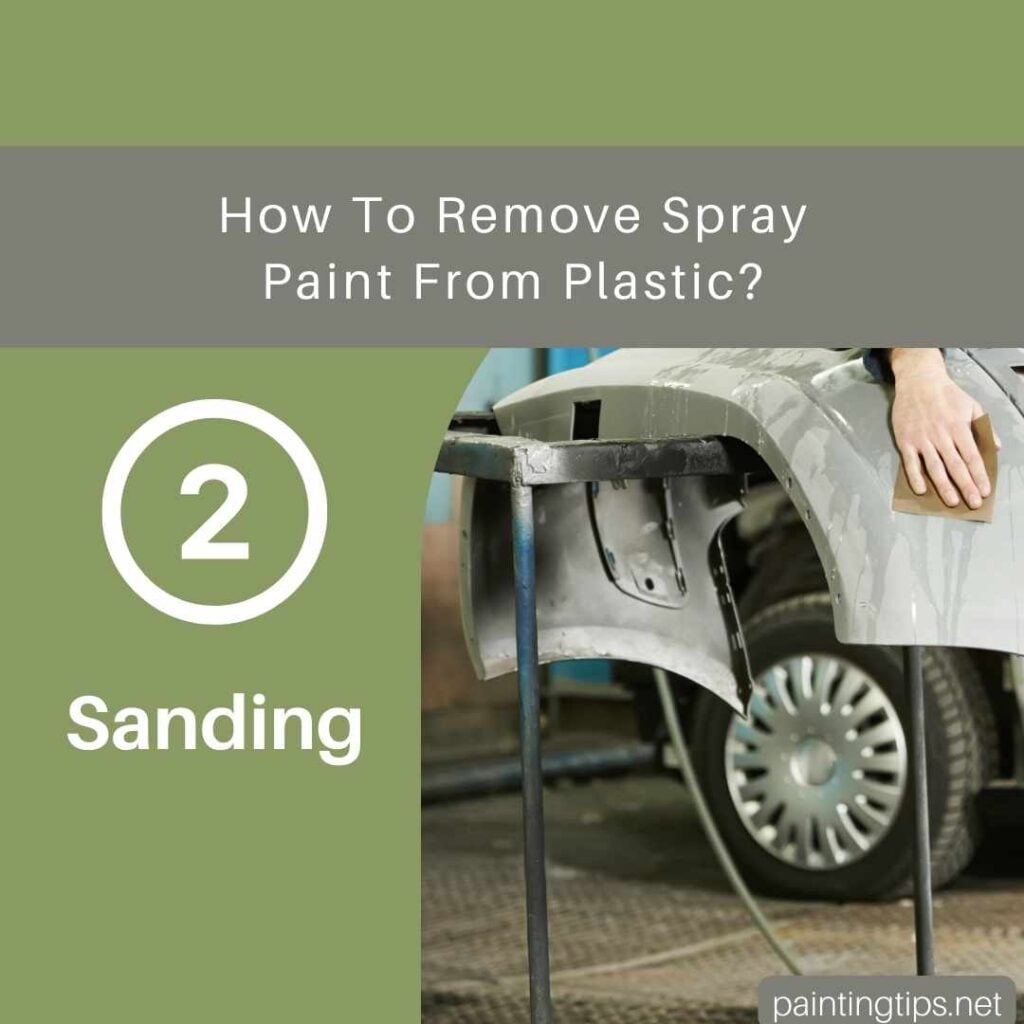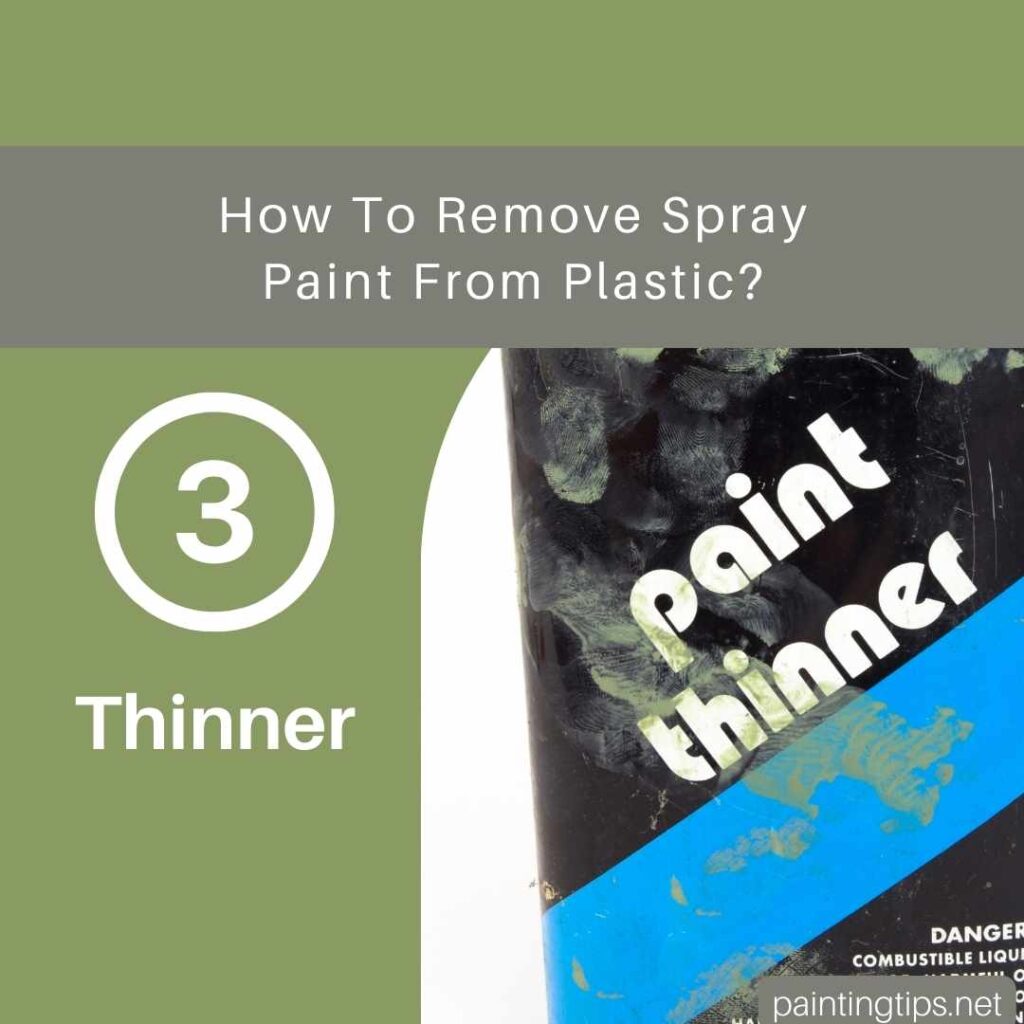Spray paint can give plastic items a fresh new look, but what if you want to get rid of it? Whether it’s an accidental spill or just a change of style, removing spray paint from plastic can be a tricky task. Since plastic is more delicate than other materials, it requires a bit more care to avoid damage. Don’t worry though—there are several effective methods to safely remove spray paint without harming the surface. In this guide, we’ll walk you through the best techniques for getting rid of spray paint on plastic, so your items can look as good as new again.
How to Remove Spray Paint from Plastic

Removing spray paint from plastic without damaging the surface is more difficult compared to other materials. That’s because plastic is more delicate than wood, concrete, or metal. Still, it’s definitely possible to remove spray paint from plastic.
No matter what kind of paint you use, it doesn’t adhere very well to plastic—unless it’s a paint specially formulated for plastic surfaces. That means spray paint is relatively easy to remove from plastic. However, it’s important to proceed carefully to avoid damaging the material.
Since plastic is a sensitive material, you need to be cautious when removing spray paint from its surface. Paint removers and certain types of thinners that work well on stone, wood, or metal can harm plastic. So, here are three effective methods to remove spray paint from plastic without causing damage.
1-Paint Remover

Paint removers are powerful chemicals used to strip all kinds of paint from various surfaces. However, not all paint removers are suitable for removing spray paint from plastic. Using a paint remover that is safe for plastic can be a good way to remove spray paint without causing damage.
That’s why it’s important to check whether the paint remover is labeled as safe for use on plastic before purchasing. Otherwise, it could deform or damage the plastic surface. Here are some examples:
- Motsenbocker’s Lift Off Spray Paint Remover
- MAX Strip Paint & Varnish Stripper
- Goof Off Graffiti Remover
- CitriStrip Paint & Varnish Stripping Gel
- Nexchemie PSR-7 Plastic Safe Paint Remover
2-Sanding

The safest way to remove spray paint from plastic is by sanding. However, if you’re aiming for a smooth surface for repainting, you should use fine-grit sandpaper. For car parts, sandpaper in the range of 200-240 grit would be suitable. For larger plastic panels, using a power sander will speed up the process.
3-Paint Thinner

The most common thinners are cellulosic and synthetic thinners. Lacquer thinner is used to dilute cellulosic paints. Cellulosic thinner, or “Lacquer Thinner,” is highly effective for removing paint from all surfaces.
Yes, lacquer thinner (“Lacquer Thinner”) can remove spray paint from many surfaces, including plastic. However, lacquer thinner is chemically powerful, so you must be cautious when using it.
Based on our tests, we found that while lacquer thinner removes spray paint from plastic, it can shrink some plastics and cause others to fade. Therefore, we recommend testing it before applying. “Related article: How to remove spray paint from metal.”
How do You Get Dried Spray Paint off Plastic?
Getting dried spray paint off plastic can be a bit tricky, but it’s definitely doable! You can try using some rubbing alcohol or acetone (just be careful with acetone, as it can damage certain plastics). For a gentler option, a paint remover designed for plastic is a safe bet. Sanding is another method, especially if you don’t mind a little extra elbow grease. Just make sure to test on a small area first to avoid damaging the surface.
Will WD-40 Remove Spray Paint From Plastic?
Yep, WD-40 can actually help remove spray paint from plastic! It’s not super aggressive, so it’s a good option for delicate plastic surfaces. Just spray a bit on the paint, let it sit for a few minutes, then gently wipe it off with a cloth. You may need to repeat this a few times, depending on how thick the paint is.
Is Spray Paint Permanent on Plastic?
Spray paint is pretty durable on plastic, but it’s not always permanent. If you don’t prep the plastic properly (like cleaning it or using a primer), the paint can chip or peel over time. Also, if the plastic gets a lot of wear and tear, the paint could start to fade. So, while it’s meant to last, it’s not totally permanent without the right prep and care.
How do You Remove Spray Paint Graffiti from Plastic?
Removing graffiti spray paint from plastic? No worries! First, try using a graffiti remover (they’re made for this kind of thing). If that doesn’t work, a paint remover made for plastic could do the trick. For a more DIY approach, rubbing alcohol or a citrus-based cleaner might help. Just be sure to go easy, especially if it’s a smooth plastic surface—you don’t want to scratch it up!
Warnings and Recommendations
Above, we explained the methods for removing spray paint from plastic. However, instead of removing the spray paint from plastic, repainting the plastic may be less risky and easier. If the paint isn’t peeling, apply a coat of primer and repaint the plastic. This will be much easier and less risky.